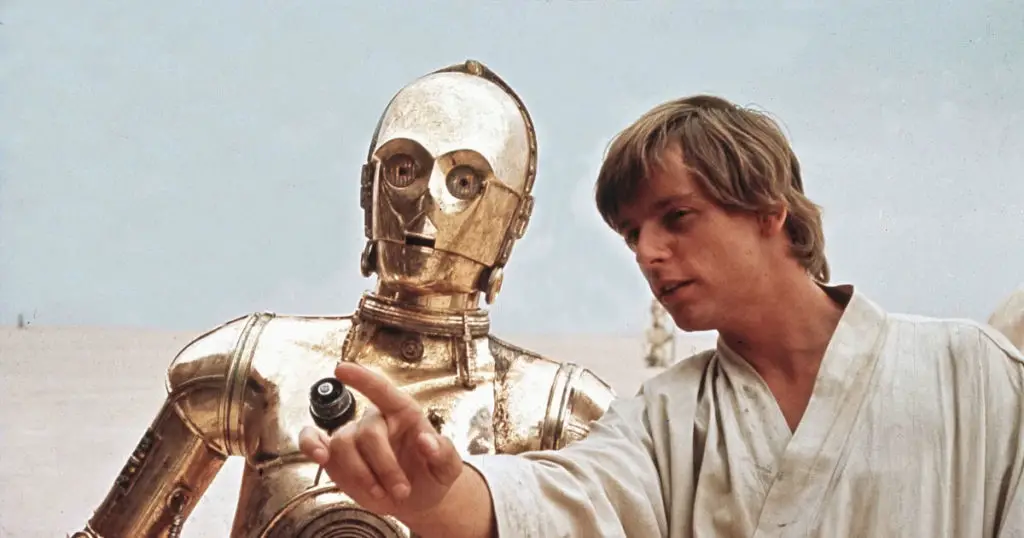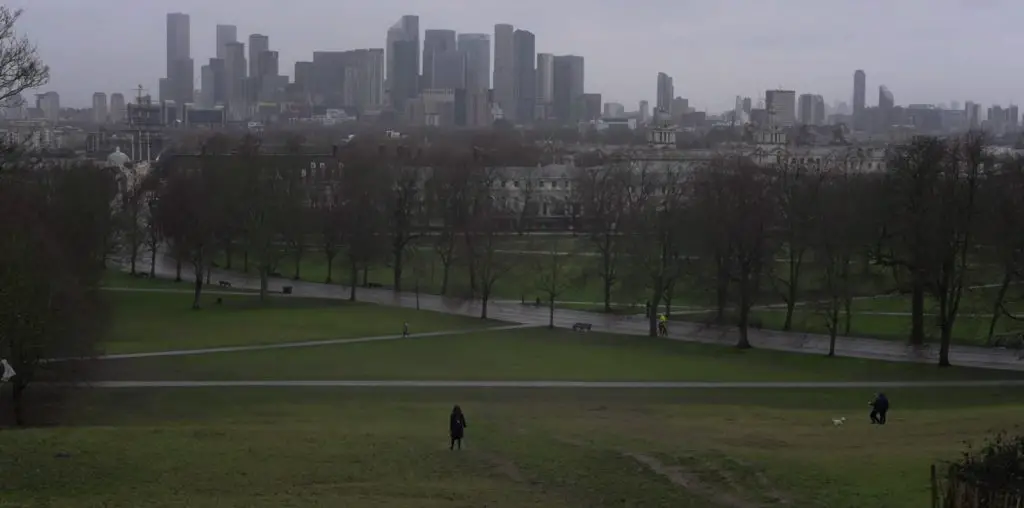
The recent Sydney Olympics gave wide press coverage to the plight of the Aborigines — the indigenous Australian people who withstood two centuries of near-genocidal treatment by the countless generations of white interlopers who stole their land and sought to wipe out their culture and heritage. The new documentary “Buried Country” offers a curious chapter in the Aboriginal story: how country music helped to raise the awareness of the acute mistreatment of this race and helped to spark a civil rights movement which eventually brought about today’s acknowledgment of the white man’s miserable actions against Australia’s black population.
Country music first came to Australia in the 1930s and 1940s via 78rpm records of America’s top singers, most notably Jimmie Rodgers and Hank Williams. To American ears, Australian country music is closer to folk music, with an emphasis on softer ballads and modest production values; the banjo/steel guitar sounds and rhinestones-and-big-hair appearances of Nashville are not evident Down Under. As country music’s popularity spread around Australia after World War II, many talented Aborigines latched on to this sound and used the medium to raise awareness of the state of poverty and racism which this community experienced.
“Buried Country” offers a fascinating blend of archival recordings and rare footage tracing the pioneer Aborigine country music stars. The real breakthrough star was Jimmy Little in the early 1960s, who became the first Aborigine to reach the top of the Australian music charts with his gospel flavored tune “Royal Telephone”. Little’s radio airplay and frequent TV appearances (which were uncommon for an Aborigine in that time) inspired other Aboriginal performers to step forward with edgier music. Singers Rob Randall and Herb Laughton performed heartbreaking (and taboo-breaking) songs about the Aborigine children stolen from their parents by Australian police and raised in state-sponsored orphanages under the mission of erasing all traces of Aboriginal culture and influences.
Country singers also changed the notion of sex appeal among Australians: gorgeous Auriel Andrews was one of the first Aboriginal women to receive mainstream star treatment for her talent and beauty while muscular bantamweight boxing champ Lionel Rose displayed his vocal talents and needed bodyguards to keep white teenyboppers from rushing him during concert gigs.
“Buried Country” interviews many of the surviving pioneers in Aborigine flavored country music — each offering stories of musical triumph tinged with bitterness and frequent tragedy. The film also presents newsreel footage which shows how the sudden visibility of Aborigine singers in mainstream entertainment venues brought about a new sense of political activism to end state-sanctioned racism and seek compensation for tribal lands illegally seized by the Australian government. (However, when the film refers to Australian “freedom riders” in the mid-1960s, credit for inspiration is not shared with the original freedom riders of the United States.)
“Buried Country” never gets polemic or hysterical in addressing its subject. This beautifully-produced documentary offers a mature and melodic examination of Australian racism and how the beauty of music helped tear down the reign of injustice against a long-oppressed people.

